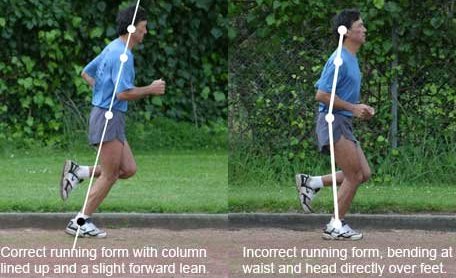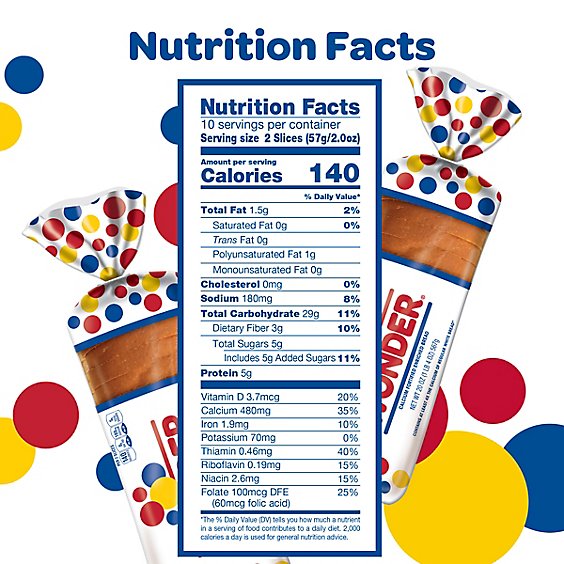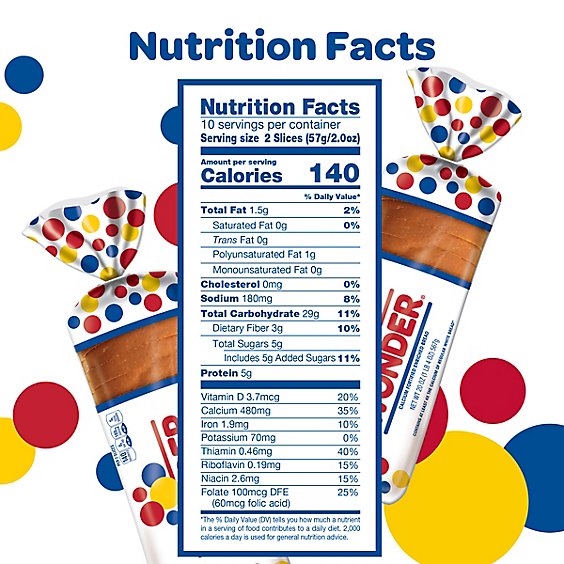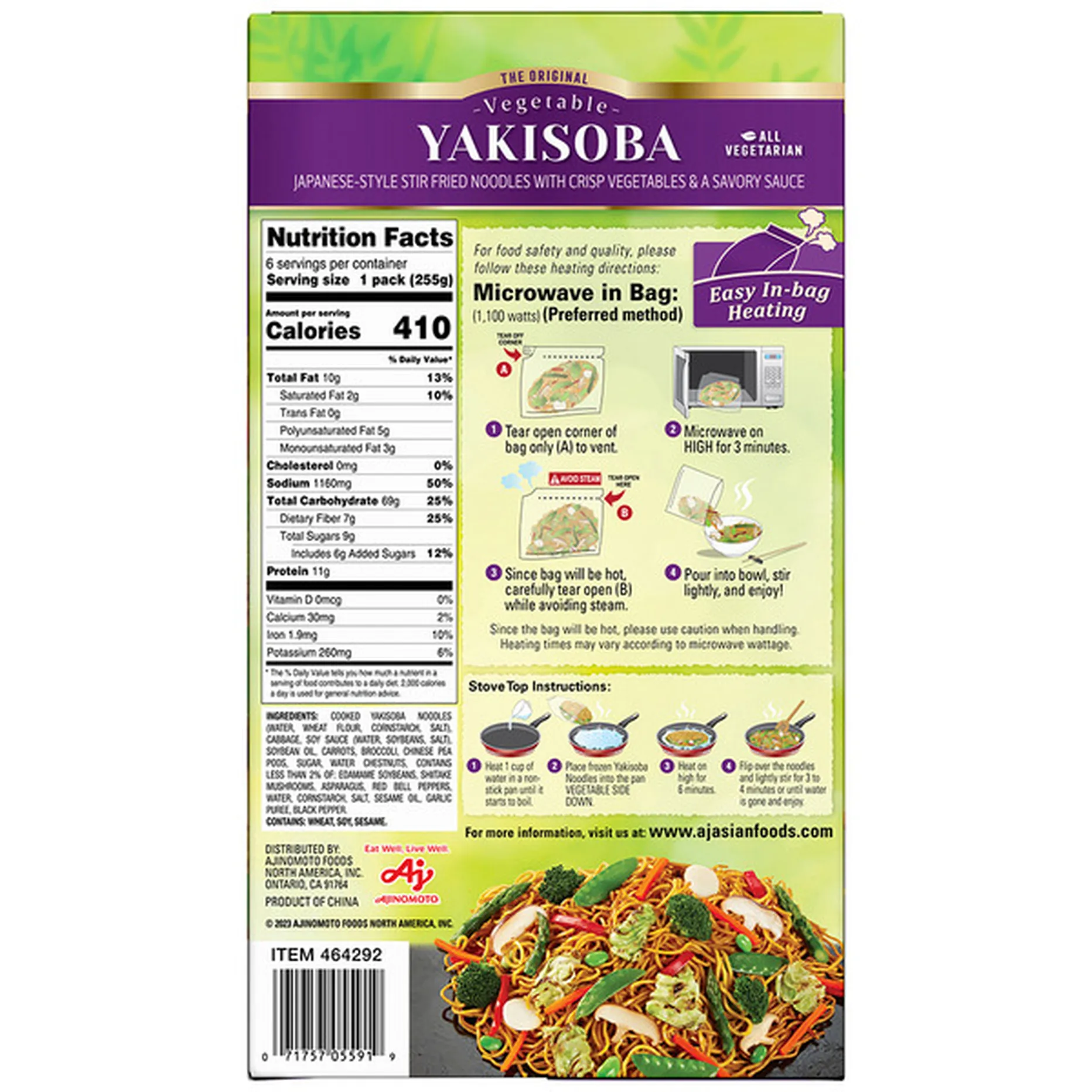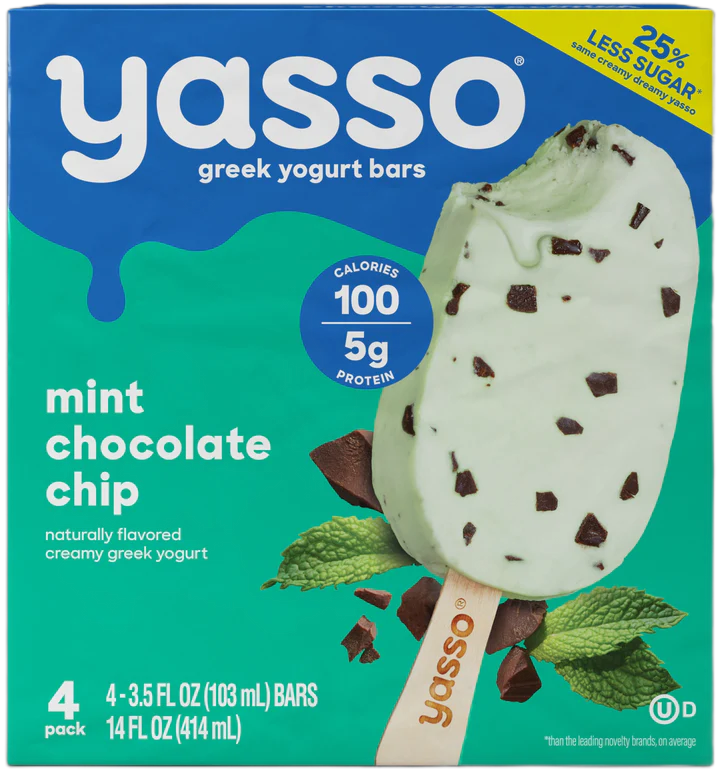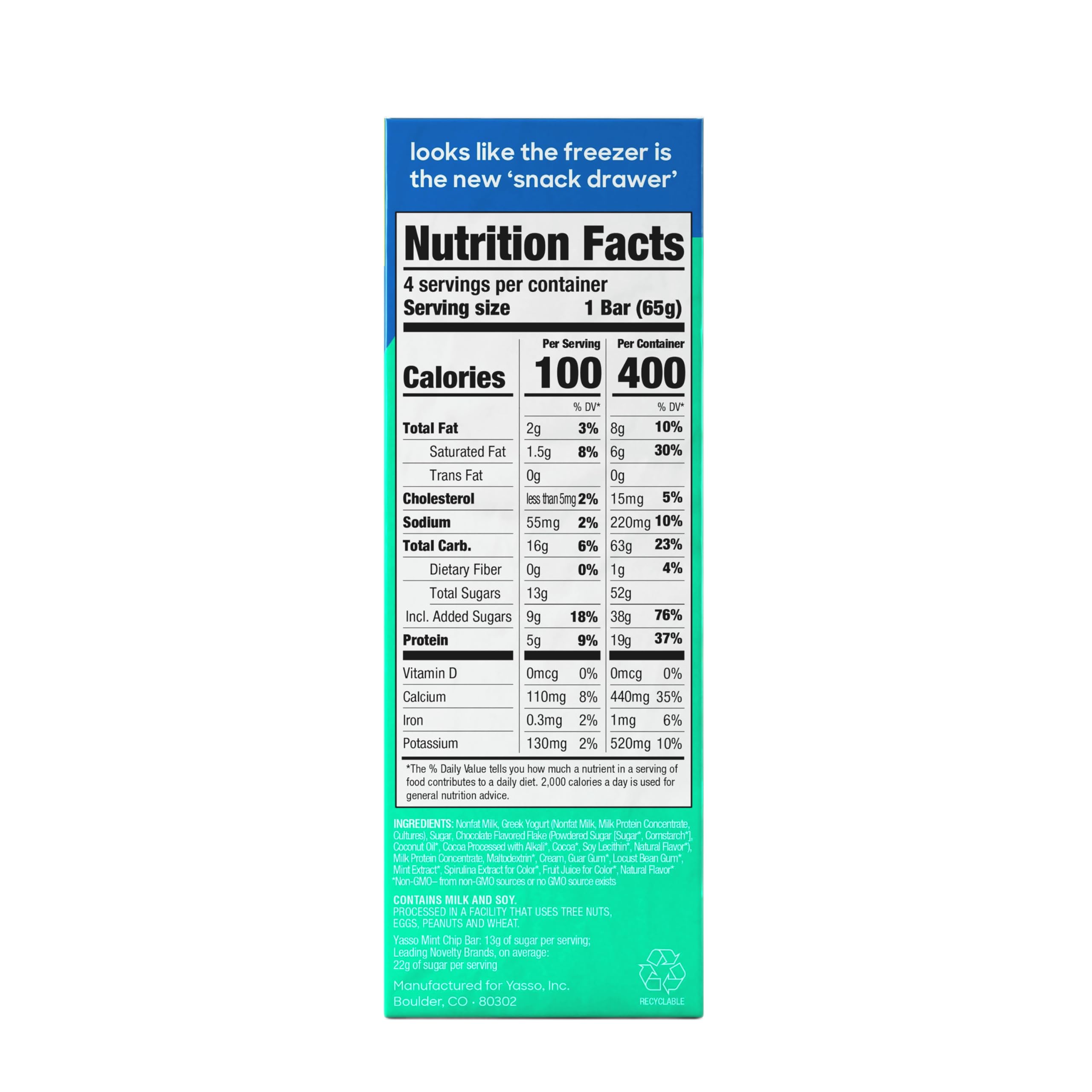
Tight muscles can lead to back pain by causing imbalance and strain on the spine. Muscle tension restricts movement, leading to discomfort and stiffness.
Experiencing back pain is a common issue that can significantly hinder your daily activities. Tight muscles, specifically, are a frequent culprit behind this discomfort. Whether due to poor posture, lack of exercise, injury, or stress, muscle tightness in the back creates an environment where pain thrives.
The spine, reliant on a delicate balance of muscle support, can suffer when this tension disrupts its natural alignment. As muscles become less flexible, they lose their ability to keep the spine in its correct position, which can result in persistent back pain. Understanding the link between tight muscles and back discomfort is crucial for managing and ultimately alleviating this common condition.
The Back Pain Epidemic
The back pain epidemic is sweeping across the globe, becoming a troubling specter for countless individuals. This silent scourge manifests as a persistent thorn in the side of daily comfort, productivity, and well-being. Understanding the origins and widespread nature of back pain is crucial in combating its prevalence.
Prevalence And Impact Of Back Pain
Back pain ranks among the top reasons for doctor’s visits worldwide. It is a leading cause of disability, affecting work, leisure, and overall life quality. Notably, back pain is not discriminatory; it targets all ages, professions, and economic statuses. The impact is monumental, with billions spent annually on healthcare expenses, lost workdays, and reduced productivity.
- Number one cause of job disability worldwide
- Affects 4 out of 5 adults at some point in their lives
- Billion-dollar industry in treatment costs alone
Common Misconceptions About Back Pain Origins
Myths about back pain origins abound. Many believe it stems solely from injuries or heavy lifting. Tight muscles, often overlooked, play a significant role in back pain. Prolonged sitting or poor posture can lead to muscle tension and imbalances, resulting in discomfort and pain. Addressing these muscle issues is key in alleviating and preventing back pain.
| Misconception | Reality |
|---|---|
| Only heavy lifting causes back pain. | Poor posture and tight muscles can also lead to pain. |
| Bed rest offers the best recovery. | Movement and targeted exercises can be more beneficial. |
Muscle Anatomy And Back Health
Our backs are engineering marvels, made up of bones, joints, and muscles designed to work together. Every move we make relies on this system. Tight or imbalanced muscles can disrupt this harmony, leading to pain and discomfort. Getting to know the muscle anatomy and how it contributes to back health is essential for understanding and preventing back pain.
Roles Of Muscles In Spinal Support
The spine is our body’s central support structure, and muscles play a critical role in keeping it stable. Strong muscles are needed to maintain posture, allow movement, and support the spinal column. Here’s how:
- Erector spinae: These muscles run along the spine and help us stand and lift.
- Abdominals: They provide front support and work with back muscles to control motion.
- Glutes and hamstrings: These muscles affect pelvic alignment, impacting the lower back.
Interaction Between Muscle Groups
Muscles in the back work in concert with opposing muscle groups. This balance is crucial, as overuse or weakness in one can strain others. Examples include:
| Muscle Group | Function | Counterpart |
|---|---|---|
| Abdominals | Stabilize the front torso | Erector Spinae |
| Quadriceps | Extend the knee | Hamstrings |
| Hip Flexors | Bend the hip | Glutes |
Maintaining a harmonious interaction ensures spinal support and reduces the risk of back pain.
Tight Muscles: An Introduction
Back pain can often be traced back to one common culprit: tight muscles. A muscle contracts to help the body move. But, it should relax once the movement is over. When muscles stay tight, it can lead to discomfort. This introduction will unravel the mystery behind muscle tightness and its link to back pain.
What Constitutes Muscle Tightness?
Muscle tightness occurs when muscles remain partially contracted for a period. They lose their ability to relax. This causes a feeling of stiffness and sometimes pain. Muscle tightness can limit motion and impact the spine, leading to back pain.
Causes Of Muscle Tightness
Several factors contribute to muscle tightness. Below, key causes are listed:
- Overuse: Repetitive motions can overwork muscles.
- Stress: Stress can cause muscles to tighten reflexively.
- Poor Posture: It forces muscles to work harder to keep you upright.
- Inactivity: Lack of movement can cause muscles to stiffen.
| Factor | Consequence |
|---|---|
| Overuse | Limits recovery |
| Stress | Increases tension |
| Poor Posture | Alters alignment |
| Inactivity | Reduces flexibility |

Credit: www.americanpain.org
Link Between Tight Muscles And Back Pain
The link between tight muscles and back pain is a key puzzle piece in managing discomfort. Imagine elastic bands that have lost their stretchiness; similar to these bands, your muscles can tighten and lose flexibility. This tension can lead to a cascade of discomfort, and ultimately, pain in your back.
Mechanisms Of Pain From Muscle Tension
How does muscle tightness cause pain? Let’s break it down:
- Reduced Blood Flow: Tight muscles constrict blood vessels.
- Trigger Points: Small, tight knots can form and cause pain.
- Compensation: Other muscles work harder, leading to strain.
Bearing this in mind, maintaining muscle flexibility is crucial for back health.
Specific Muscle Groups Affecting The Back
Your back’s wellbeing is largely dependent on the condition of certain muscle groups. Here’s an overview:
| Muscle Group | Role in Back Health |
|---|---|
| Erector Spinae | Supports the spine; tightness can lead to lower back pain. |
| Hamstrings | Limits pelvis movement; tightness can stress the lower back. |
| Hip Flexors | Controls hip movement; tightness can tilt the pelvis and strain the back. |
| Gluteal Muscles | Stabilizes pelvis and hips; tension can affect the lower back. |
Regularly stretching and exercising these muscles can help maintain a strong, pain-free back.
Tight Hamstrings And Lower Back Pain
Imagine your body as a well-coordinated machine. Each part works with another. Your hamstrings are the strong bands at the back of your thighs. They are key players in your daily movements. When they get too tight, they cause trouble. This could lead to a common discomfort – lower back pain.
Impact Of Hamstring Rigidity
Tight hamstrings pull on your pelvis. This can flatten your lower back. Your spine’s natural curve acts like a spring to absorb shocks. If it flattens, it’s less effective. This may cause pain or increase risk of injury.
- Pelvis position changes
- Lumbar spine flattens
- Pain or discomfort increases
Stretches And Exercises For Relief
Stretching and strengthening are key for relief. These can loosen your hamstrings and reduce pain. Always start slow and progress gradually. Consult a professional if unsure about the right exercises for you.
| Exercise | Description | Frequency |
|---|---|---|
| Seated Hamstring Stretch | Sit and extend leg, reach for toes | Daily |
| Standing Hamstring Stretch | Bend forward at waist, touch toes | Daily |
| Lying Hamstring Stretch | Flat on back, pull knee to chest | 2-3 times a week |
Other beneficial activities include yoga and pilates. They improve flexibility and strength. This maintains good hamstring and back health. A balanced workout plan is essential. Include both stretching and strengthening exercises in your routine.

Credit: uptowndenverchiropractor.com
The Role Of Hip Flexors In Back Discomfort
Back pain often stirs up a storm of discomfort, hindering daily activities. A common but unsuspected culprit might be tight hip flexors. These muscles, found at your hip’s front, play a pivotal role in maintaining posture. When they become tense or shortened, your lower back takes the hit, struggling under added strain. It’s crucial to recognize the signs and adopt measures to ease these tight muscles for back pain relief.
Identifying Tight Hip Flexors
To pinpoint this issue, look for reduced flexibility in your hips and perhaps pain that radiates upward. Signs of tight hip flexors include:
- A marked difficulty in performing movements like walking without pain.
- Feeling stiffness or tension while trying to stretch your hip area.
- Low back discomfort that doesn’t relent with typical back pain relief methods.
Hip Flexor Stretching Techniques
Combating tight hip flexors calls for effective stretching exercises. These techniques can alleviate pressure on your lower back:
- Pigeon Pose: A yoga staple that opens up the hip joint.
- Lunges: Classic stretches that target the hip flexors and improve flexibility.
- Bridge Exercise: Strengthens the posterior chain and provides relief.
Consistency is key, so weave these stretches into your daily routine for the best results.
The Impact Of Stress On Muscle Tension
Understanding the impact of stress on muscle tension is key to tackling back pain. Stress triggers a cascade of reactions in the body, leading to tight muscles which can contribute significantly to discomfort and pain in the back area.
Psychological Factors And Back Pain
Mental stress activates the body’s fight or flight response. This response increases tension in the muscles as the body prepares to deal with a perceived threat. Over time, this state of readiness can lead to chronic muscle tightness, particularly in the back, as the muscles remain in a constant state of contraction to guard against injury or strain.
Several psychological factors play a role here:
- Anxiety leads to heightened muscle tension.
- Depression alters posture and increases strain.
- Emotional stress causes muscles to clench and tighten.
Stress Management For Muscle Relaxation
Addressing stress is crucial for relaxing tight muscles and alleviating back pain. Practicing stress management techniques can help break the cycle of tension and pain.
Effective strategies include:
- Deep breathing exercises to promote relaxation.
- Mindfulness and meditation to lower stress levels.
- Regular physical activity to release tension-busting endorphins.
- Proper sleep habits to support muscle recovery.
By incorporating these methods into daily life, individuals can often see a reduction in muscle tightness and subsequent back pain.

Credit: cellaxys.com
Preventive Measures And Treatments
Understanding how tight muscles lead to back pain is essential. It’s more crucial to prevent it. A combination of daily habits and treatments can keep muscles relaxed. Strong, flexible muscles are less likely to cause pain. Let’s explore how to maintain muscle health and manage pain effectively.
Daily Habits For Muscle Health
Maintaining muscle health is vital for a pain-free back. Here are daily practices to keep muscles relaxed:
- Stretch regularly to increase flexibility.
- Engage in low-impact exercises like walking or swimming.
- Take short breaks to move around if sitting for long periods.
- Ensure proper posture while sitting and standing.
- Drink plenty of water to stay hydrated.
- Use ergonomic furniture to support your back.
When To Seek Professional Help
Not all back pain can be managed alone. Knowing when to seek help is key.
- Persistent pain that doesn’t improve with self-care.
- Sharp or debilitating pain limiting movement.
- Pain accompanied by symptoms like numbness or tingling.
- If back pain follows an injury or accident.
Professionals can offer treatments like physical therapy, massage, or medication. They can guide on exercises and ergonomic changes to prevent future issues.
Frequently Asked Questions On How Can Tight Muscles Result In Back Pain
How Do Tight Muscles Cause Back Pain?
Tight muscles can reduce mobility and strain the back. This tension often leads to discomfort known as muscle-related back pain. Prolonged tightness places undue stress on the spine and its supporting structures, potentially causing pain and limited movement.
Can Stretching Relieve Back Muscle Pain?
Yes, stretching can help alleviate back pain by loosening tight muscles. It enhances flexibility and blood flow, reducing muscle tension and the risk of strain. Regular stretching is recommended for maintaining a healthy back and preventing pain.
What Are Common Symptoms Of Muscle-induced Back Pain?
Symptoms include consistent aches, localized tenderness, and reduced flexibility. Pain may intensify with movement and improve with rest. Sometimes, muscle tightness may also cause a radiating pain if it compresses nearby nerves.
How Long Does Muscle-related Back Pain Last?
The duration varies. Acute muscle-related back pain may resolve within a few days to weeks with proper care. If the pain is chronic, it might persist for months and require professional intervention for relief and rehabilitation.
Conclusion
Understanding the relationship between tight muscles and back pain is essential for effective management and relief. Regular stretching, exercise, and proper posture can greatly reduce discomfort. Seeking guidance from a healthcare professional is also advisable. Remember, a supple body is your best defense against back pain.
For lasting comfort, keep muscles loose and limber.


